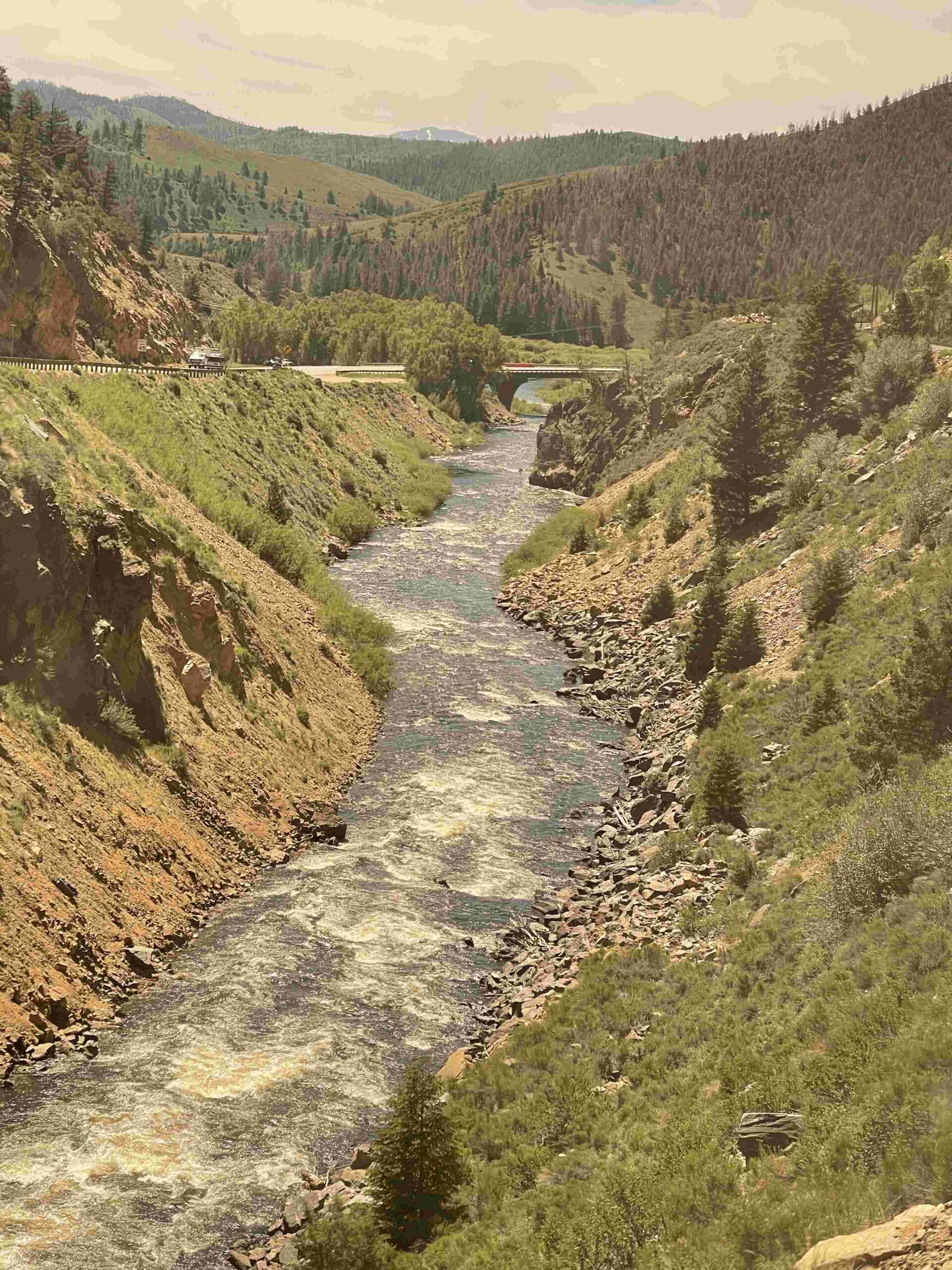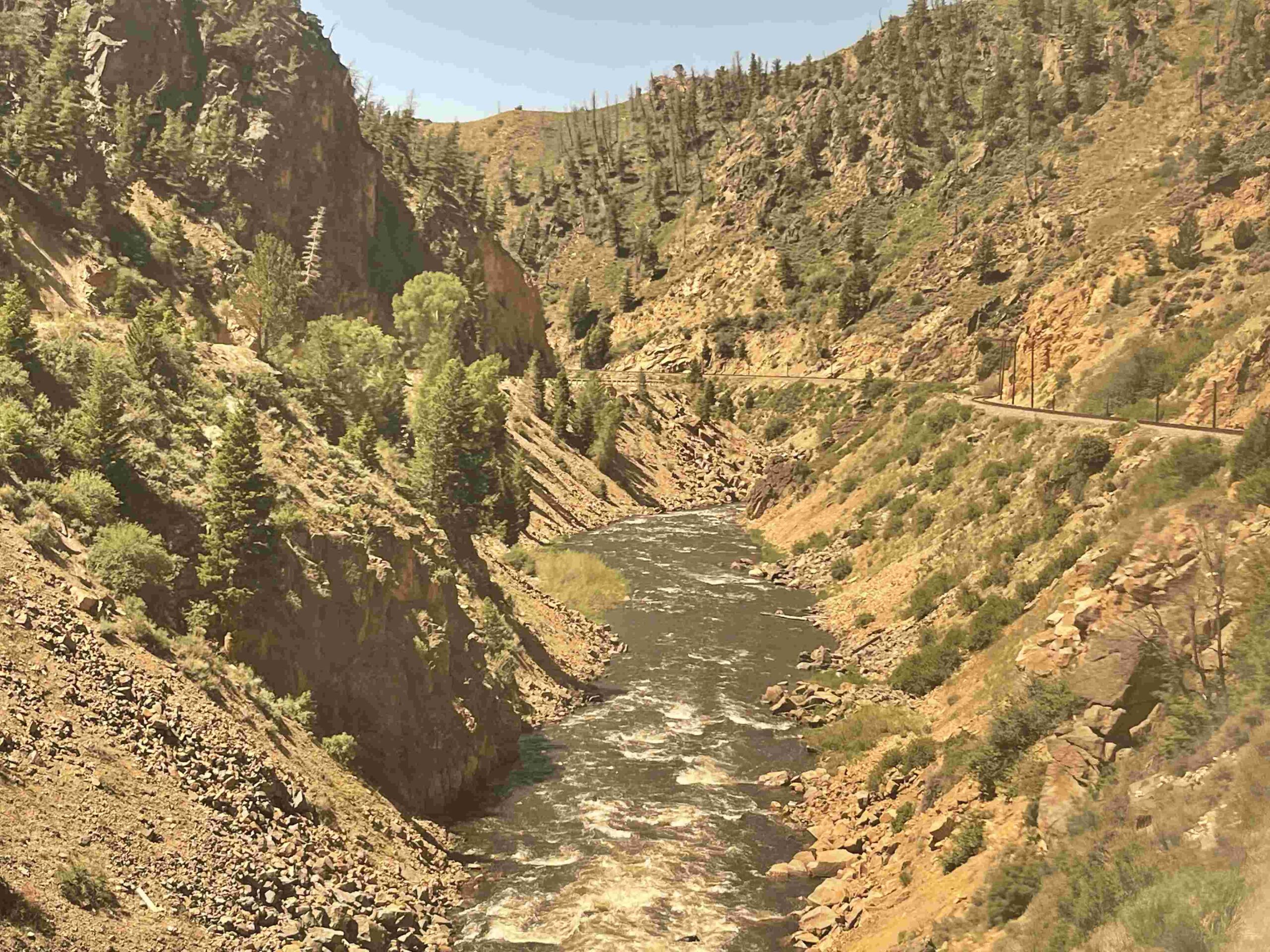The Colorado River and Grand Canyon form a remarkable natural wonder, showcasing billions of years of Earth’s history. This iconic landscape features diverse rock layers, unique wildlife, and a rich cultural heritage. The river’s flow has shaped the canyon over millions of years, creating a complex ecosystem and providing valuable resources. Discover fascinating facts about geology, hydrology, and the human history intertwined with this awe-inspiring landmark.
What is the Geological History of the Grand Canyon?

The Grand Canyon’s geological story spans billions of years, with the Colorado River playing a crucial role in its formation. Here are some key facts about the canyon’s geology:
- The oldest rocks, Vishnu Schist, date back approximately 2 billion years
- Nearly 40 major sedimentary rock layers tell the region’s geological history
- The canyon’s carving began around 5-6 million years ago
- Uplift of the Colorado Plateau accelerated the erosion process
Rock Layer Timeline
| Era | Rock Formation | Age (Million Years Ago) |
|---|---|---|
| Precambrian | Vishnu Schist | ~2,000 |
| Cambrian | Tonto Group | ~520 |
| Mississippian | Redwall Limestone | 345-395 |
| Pennsylvanian | Supai Group | 310-345 |
| Permian | Kaibab Limestone | 280-310 |
How Has the Colorado River Shaped the Grand Canyon?

The Colorado River’s erosive power has been the primary force in carving the Grand Canyon. Some key points about this process include:
- Consolidation of streams around 5.5-5 million years ago formed the Lower Colorado River
- Ice ages 2-3 million years ago increased precipitation, enhancing erosion
- The canyon reached its current depth approximately 1.2 million years ago
- Sediment transport and deposition played crucial roles in shaping the landscape
What Are the Water Flow Characteristics of the Colorado River?
The Colorado River’s flow has changed significantly over time, especially after the construction of dams. Here are some facts about its water flow:
- Pre-dam era saw highly variable flow with large spring floods
- Current average annual flow rate: 12,000 to 15,000 cubic feet per second (cfs)
- Glen Canyon Dam (completed 1963) regulates flow, reducing dramatic changes
- Controlled floods are conducted to restore natural processes
Which Wildlife Species Inhabit the Colorado River Corridor?
The Grand Canyon’s diverse ecosystem supports a wide range of wildlife:
- Aquatic species: Humpback chub, razorback sucker, bluegill
- Birds: Willow flycatcher, peregrine falcon
- Mammals: Bighorn sheep, coyote, ringtail cat
- Reptiles and amphibians: Grand Canyon rattlesnake, canyon tree frog
Many of these species are endangered or threatened due to habitat changes and invasive species.
What Are the Key Historical Events Related to the Colorado River and Grand Canyon?
The Colorado River and Grand Canyon have a rich history involving indigenous peoples, explorers, and policymakers:
Indigenous History
- Numerous tribes, including Navajo, Hopi, and Havasupai, have lived in the area for thousands of years
- Deep cultural and spiritual connections to the land and river
Exploration Milestones
- John Wesley Powell’s 1869 expedition provided extensive scientific data
- Early 20th-century tourism began to popularize the Grand Canyon
Legislative Actions
- 1919: Grand Canyon National Park established
- 1928: Colorado River Compact and Boulder Canyon Project Act
- 1963: Glen Canyon Dam completed
- 1992: Grand Canyon Protection Act
These events have shaped the management and conservation of this natural wonder, balancing human needs with environmental preservation.
